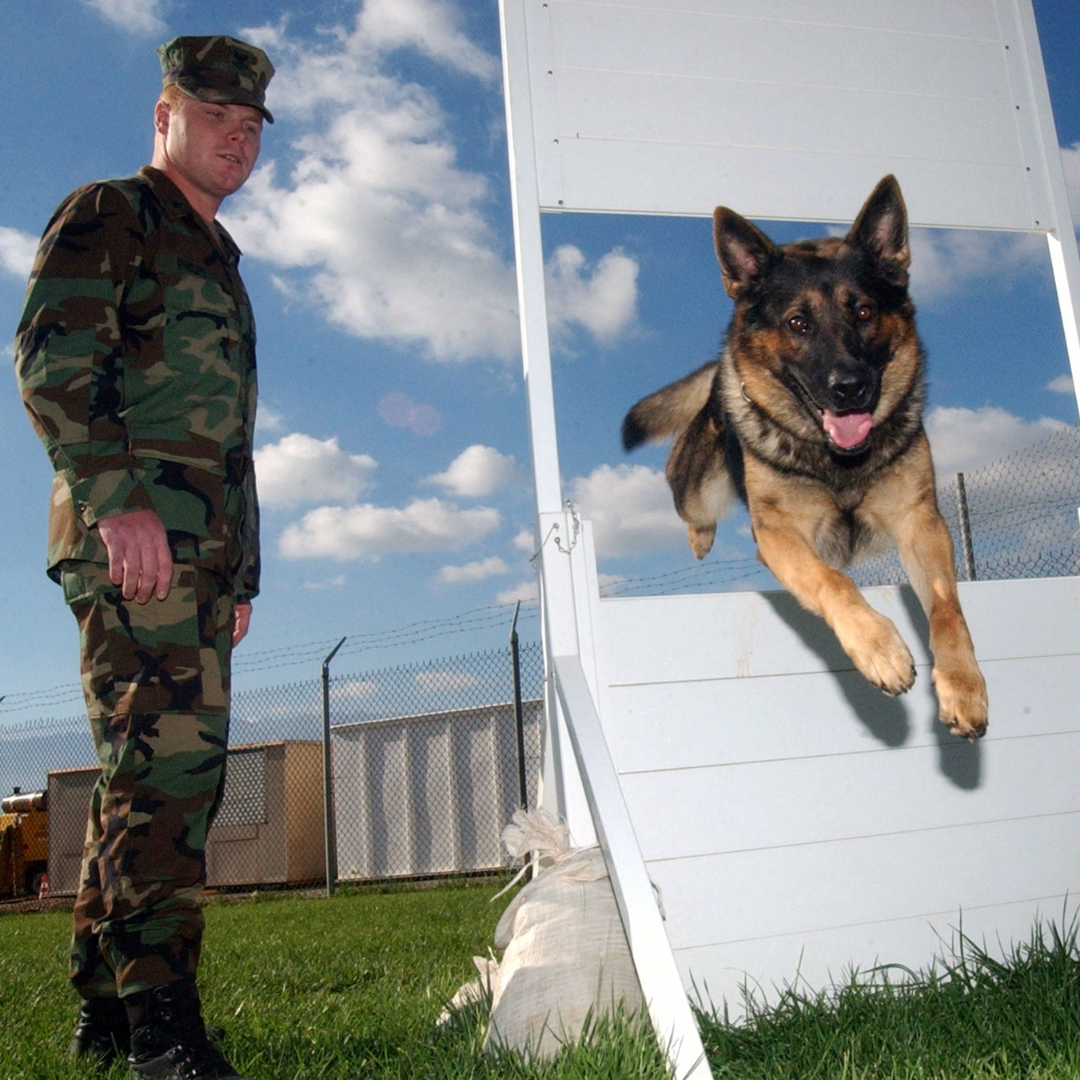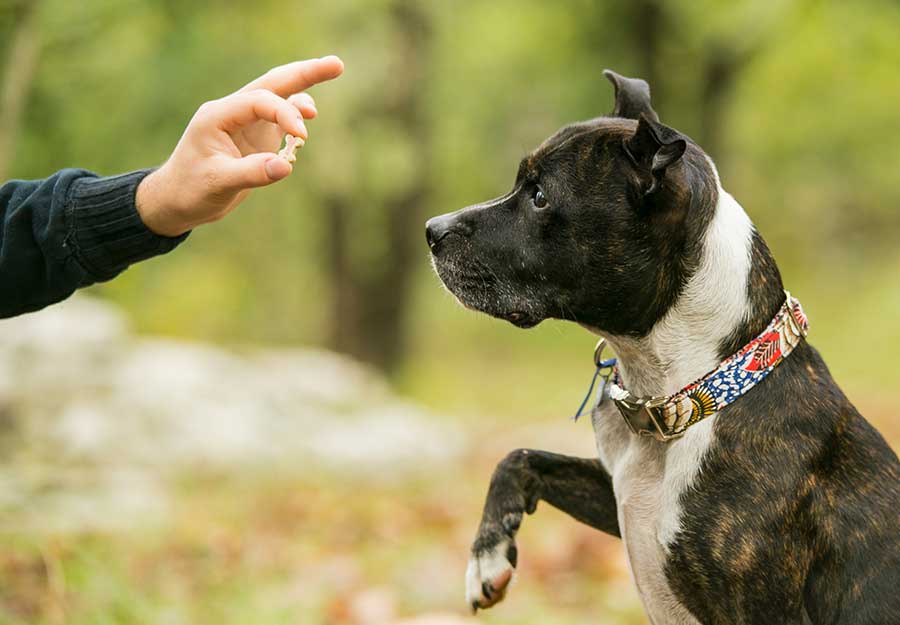Why Dog Training Near Me is Crucial for Your Canine Companion
Why Dog Training Near Me is Crucial for Your Canine Companion
Blog Article
Unlock Your Pet's Possible: Proven Pet Dog Training Methods for Success
Effective pet training is a nuanced procedure that hinges on recognizing canine behavior and using clinically backed methods. By incorporating favorable reinforcement, establishing clear commands, and focusing on socializing, pet owners can grow a productive connection with their family pets.
Recognizing Dog Habits
Comprehending pet behavior is necessary for reliable training and fostering a positive connection in between pets and their owners. An extensive understanding of canine body language, articulations, and social communications is important for identifying their needs and feelings. Pets connect primarily through non-verbal cues; for instance, a wagging tail may indicate excitement, while pinned ears can indicate concern or entry.

Furthermore, ecological aspects play a substantial role in shaping a canine's habits. Modifications in routine, new surroundings, or the existence of unfamiliar individuals can result in anxiety or stress and anxiety in pet dogs. Acknowledging these triggers enables owners to mitigate damaging reactions and establish suitable training approaches.
Inevitably, a deep understanding of canine actions lays the foundation for effective training methods, enhancing both behavior and the general bond between the pet and its proprietor. dog training charlotte. This understanding is important for fostering a well-adjusted, satisfied canine buddy
Favorable Reinforcement Strategies
Efficient training relies greatly on positive support techniques, which have actually been shown to generate substantial lead to forming preferred actions in pet dogs. This approach includes compensating a canine for showing particular actions, thus raising the probability that these actions will be duplicated. Benefits can take numerous forms, consisting of treats, appreciation, toys, or playtime, relying on what encourages the individual pet dog.
It is essential to slowly phase out benefits as the dog discovers the actions, transitioning to periodic support. This method keeps the habits over time while protecting against reliance on consistent benefits. By concentrating on positive support, trainers can grow a trusting partnership with their pet dogs, advertising a cooperative and healthy and balanced training setting that boosts general obedience and performance.
Establishing Regular Commands
An essential aspect of effective canine training is the establishment of constant commands. Uniformity in commands is vital for reliable communication in between the trainer and the dog. When commands are consistent, canines find out to link specific words with preferred habits, which speeds up the training procedure and boosts understanding.
To establish constant commands, it is essential that all family members utilize the very same terms and motions. If one person utilizes "sit" while one more says "sit down," it can develop confusion for the dog. Select clear, distinct words for commands and make sure everybody associated with the dog's training follows these options.
Enhance commands with regular technique, making certain that the pet dog receives enough possibilities to respond correctly. When a dog efficiently complies with a command, immediate favorable support ought to follow.
Last but not least, be individual. Establishing regular commands takes some time and effort. With dedication and quality, you will aid your canine develop a strong understanding of assumptions, eventually resulting in a mannerly companion.
Socializing and Exposure
Interacting socially a dog is important for promoting a positive and well-adjusted buddy. This procedure involves exposing your canine to a variety of environments, people, and various other pets to create their social skills and flexibility. Early socialization, ideally between the ages of 3 to fourteen weeks, is essential, as it lays the foundation for a dog's future habits.
Throughout socializing, objective to supply favorable experiences in different settings, such as parks, hectic roads, and homes with various other pets. Introduce your pet dog to numerous stimulations, including noises, views, and scents, guaranteeing that each encounter is satisfying. This direct exposure helps reduce worry and anxiousness, leading the way for an extra resistant dog.
Engaging in controlled team play sessions with other pet dogs can additionally enhance social skills, showing your pet dog appropriate communications and limits. Always monitor your pet dog's convenience degree throughout these experiences, progressively raising direct exposure as their self-confidence expands. Bear in mind, the objective is to develop an all-round pet dog that grows in varied scenarios, promoting an unified partnership with both humans and other pets. Focusing on socialization will considerably add to your canine's general happiness and habits throughout their life.
Conquering Common Educating Difficulties

One more frequent concern is diversion. Pets might struggle to focus in hectic or strange settings. Slowly desensitize your pet to distractions by starting training in a peaceful atmosphere and gradually introducing more stimuli as they become efficient (Dog training). Positive reinforcement methods, such as deals with and appreciation, can keep inspiration and emphasis.
In addition, behavior problems like jumping or excessive barking can become irritating. Address these by educating alternate habits, such as sitting calmly when welcoming visitors. Consistency and patience are crucial; reinforce wanted habits regularly and avoid abuse, which can cause confusion.
Lastly, recognize that each pet is special, and training timelines may differ. Tailor your approach to your pet dog's private demands, and look for expert assistance if necessary. With willpower and the best techniques, overcoming these obstacles can cause a well-trained, satisfied canine buddy.
Conclusion
In conclusion, opening a canine's possible requires an extensive strategy that integrates an understanding of canine habits, the application of favorable reinforcement methods, and the establishment of regular commands. Early socialization and direct exposure to diverse atmospheres further boost a pet dog's flexibility and confidence. By addressing usual training difficulties with tailored approaches and persistence, a harmonious and cooperative connection between pet dog and handler can be promoted, inevitably resulting in a mannerly friend with the ability of flourishing in numerous situations.
Efficient pet training is a nuanced process that pivots on recognizing canine habits and using scientifically backed techniques.Recognizing canine habits is crucial for effective training and promoting a favorable partnership between pet dogs and their owners.Reliable training relies cesar millan dog training greatly on positive reinforcement methods, which have actually been shown to generate significant outcomes in shaping preferred actions in canines. When commands are consistent, dogs discover to associate certain words with wanted behaviors, which speeds up the training process and boosts understanding.
In verdict, unlocking a canine's prospective requires a detailed strategy that includes an understanding of canine behavior, the application of positive reinforcement methods, and the establishment of constant commands.
Report this page